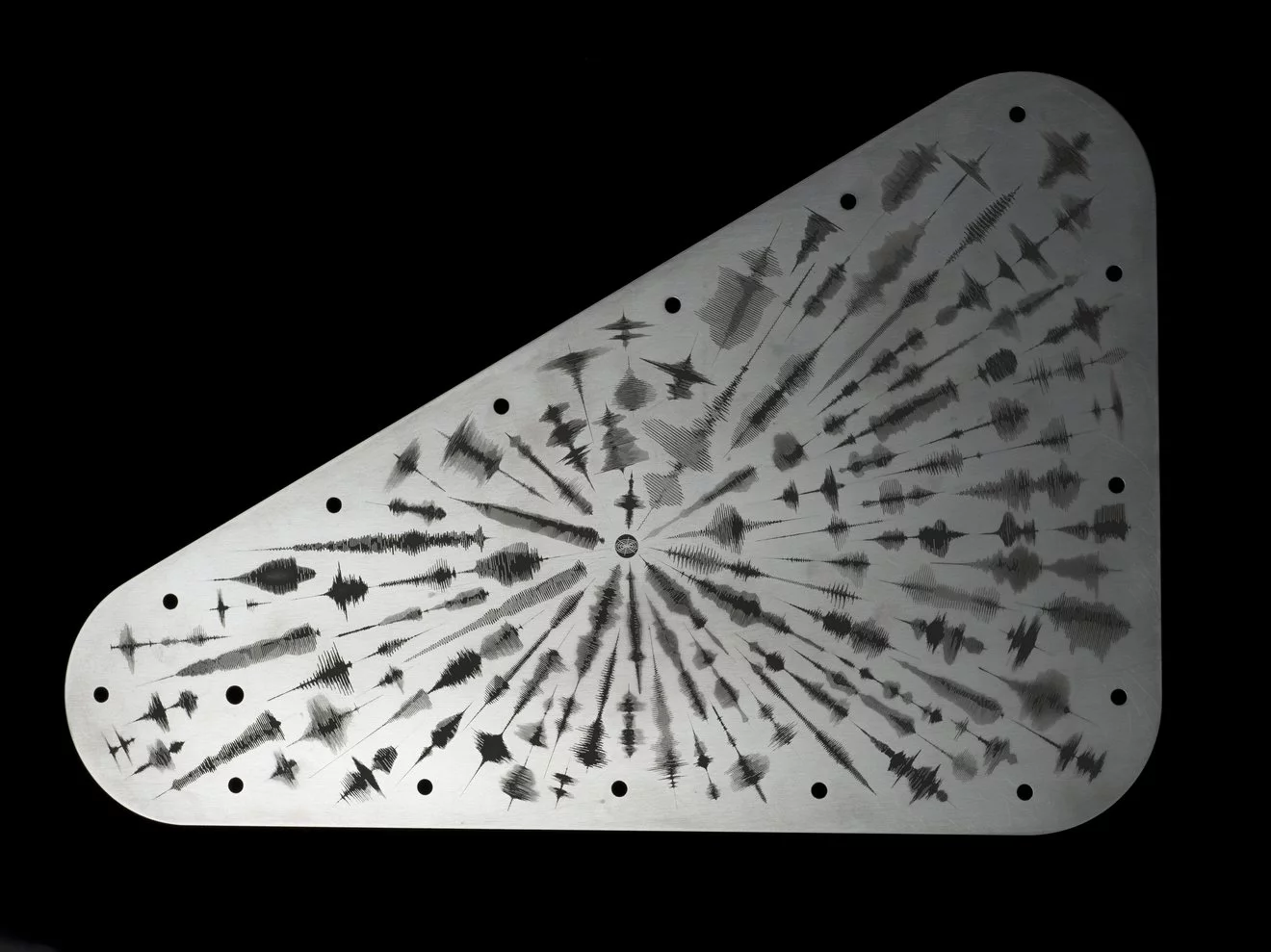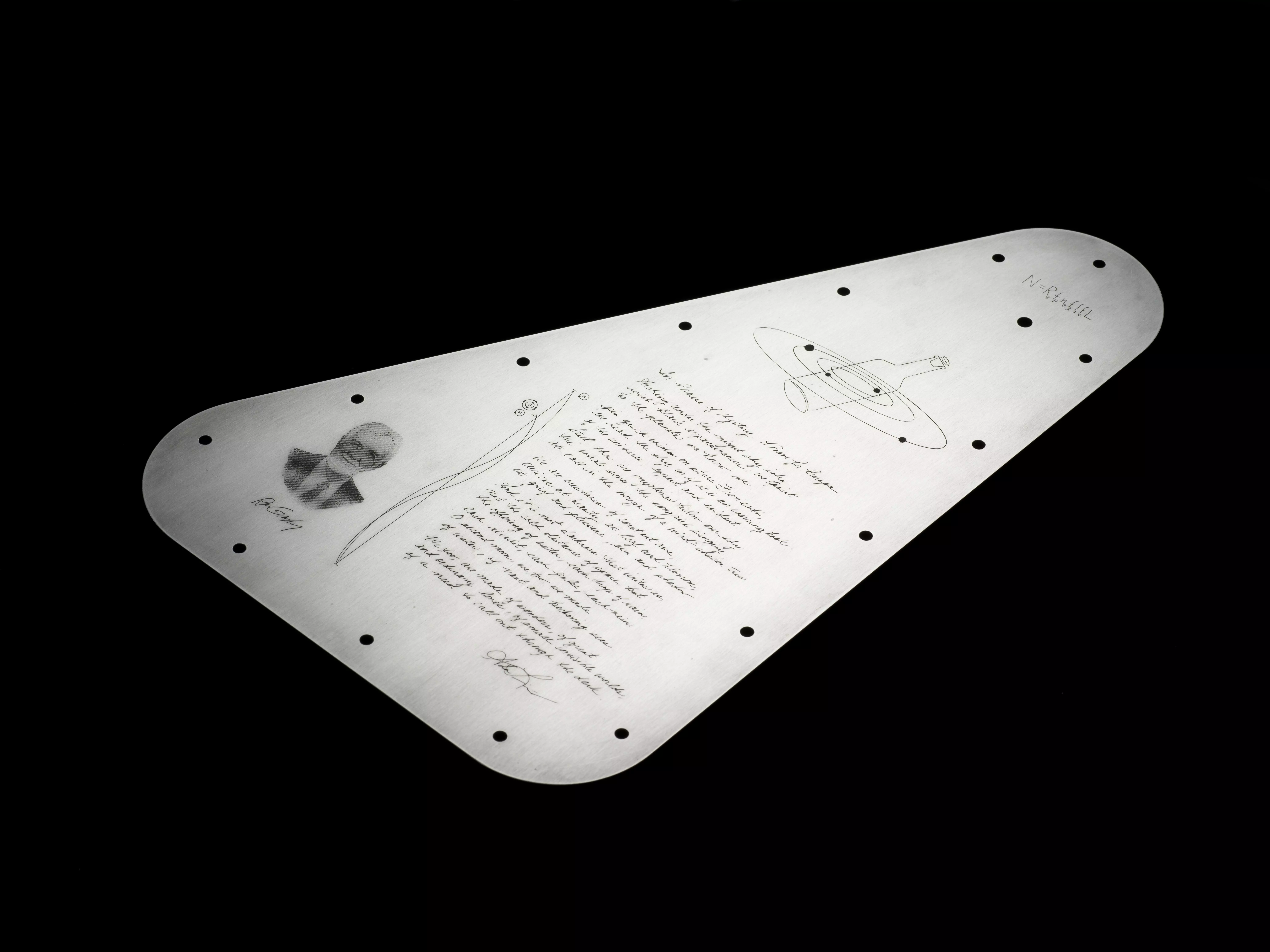NASA has announced that its Europa Clipper space probe, set to explore Jupiter’s moon Europa, will carry with it a unique “message in a bottle,” blending science, art, and human aspiration into its groundbreaking expedition.
The Europa Clipper mission, scheduled for launch later this year, hopes to unveil the secrets hidden beneath Europa’s icy shell.
Europa, the smallest of the four Galilean moons orbiting Jupiter, is thought to possess a vast liquid ocean beneath its smooth frozen surface, potentially holding over twice the volume of water than Earth’s oceans. Since water is essential to all life on Earth, Europa is a tantalizing target in humanity’s continued search for extraterrestrial life within the cosmos.
A recent study published in Nature Astronomy revealed that Europa may produce less oxygen than previously believed, potentially reducing the likelihood of discovering life in its extensive oceans. Despite this, scientists continue to consider Europa as one of the prime locations within our solar system to potentially discover extraterrestrial life.
The Europa Clipper will be launched by a SpaceX Falcon Heavy rocket in October 2024, within a 21-day launch window. After using gravity assistance from Mars and Earth, the space probe is expected to complete its 1.6 billion-mile journey to Europa sometime in April 2030.
Once it arrives and enters Jupiter’s orbit, the Europa Clipper mission will include 49 close flybys, collecting data on the moon’s icy crust, subsurface ocean, and atmosphere to determine whether its conditions could support extraterrestrial life.
Last week, NASA revealed that a triangular metal panel sealing a vault protecting Europa Clipper’s scientific instruments will also serve as a commemorative plate carrying messages from humanity.
Measuring 7 by 11 inches and made from the durable metal tantalum, NASA says the unique plate encapsulates Earth’s connection to the broader universe and will contain several elements representing humanity’s quest for cosmic knowledge.
“The content and design of Europa Clipper’s vault plate are swimming with meaning,” Lori Glaze, the director of the Planetary Science Division at NASA Headquarters in Washington, said in a statement. “The plate combines the best humanity has to offer across the universe – science, technology, education, art, and math. The message of connection through water, essential for all forms of life as we know it, perfectly illustrates Earth’s tie to this mysterious ocean world we are setting out to explore.”
One side of the plate features a poem by the U.S. Poet Laureate Ada Limón, “In Praise of Mystery: A Poem for Europa.” Etched onto a silicon microchip are also the names of over 2.6 million individuals who responded to NASA’s call to symbolically send a piece of humanity’s identity into the vastness of space.
Last June, NASA invited people worldwide to sign their names to Limon’s poem as part of its “Message in a Bottle” campaign.
The other side of the unique plate will showcase humanity’s diverse cultures by featuring recordings of the word “water” spoken in 103 languages. Linguists transformed these audio recordings into visual waveforms, etched into the metal and radiating from a central symbol representing water in American Sign Language. This design choice underscores water’s fundamental role in life as we know it, bridging the gap between Earth and Europa.


Adding to the scientific significance of the Europa Clipper’s mission, the plate will also feature the “Drake Equation.” In 1961, astronomer Frank Drake introduced a mathematical formula popularly known as the “Drake equation” to estimate the odds of encountering an advanced extraterrestrial civilization in the Milky Way Galaxy. The equation has since served as a cornerstone for research in astrobiology and related disciplines, continually influencing humanity’s quest to find extraterrestrial life.
The inner side of the plate will also feature designs that reference radio frequencies, illustrating humanity’s use of frequency bands to search for cosmic messages. The frequencies depicted match those of radio waves in space produced by water molecules, referred to by astronomers as the “water hole.”
Finally, the plate will include a portrait of the late planetary scientist Dr. Ron Greeley to honor his contributions to developing the Europa mission concept.
A professor of earth and Space exploration at Arizona State University (ASU) and principal investigator at the Planetary Aeolian Laboratory at NASA-Ames Research Center, NASA said Dr. Greeley’s “early efforts to develop a Europa mission two decades ago laid the foundation for the Europa Clipper. Dr. Greeley passed away in 2011 at age 72.
Ultimately, the Europa Clipper mission will continue NASA’s tradition of sending messages into space, a practice initiated with the Pioneer plaques and the Voyager Golden Records of the 1970s.
These messages added to NASA’s space probes are intended to communicate the story of our Earth should they be happened upon by intelligent extraterrestrial beings and underscore humanity’s desire to explore the unknown and connect with the cosmos.
Ultimately, NASA hopes the Europa Clipper will advance our understanding of the moon’s potential to support life and foster a sense of unity and shared purpose by carrying with it a message that encapsulates humanity’s hopes, dreams, and collective curiosity.
“We’ve packed a lot of thought and inspiration into this plate design, as we have into this mission itself,” said project scientist Robert Pappalardo of NASA’s Jet Propulsion Laboratory in Southern California. “It’s been a decades-long journey, and we can’t wait to see what Europa Clipper shows us at this water world.”
Tim McMillan is a retired law enforcement executive, investigative reporter and co-founder of The Debrief. His writing typically focuses on defense, national security, the Intelligence Community and topics related to psychology. You can follow Tim on Twitter: @LtTimMcMillan. Tim can be reached by email: tim@thedebrief.org or through encrypted email: LtTimMcMillan@protonmail.com

